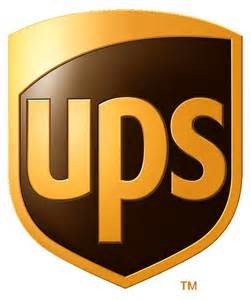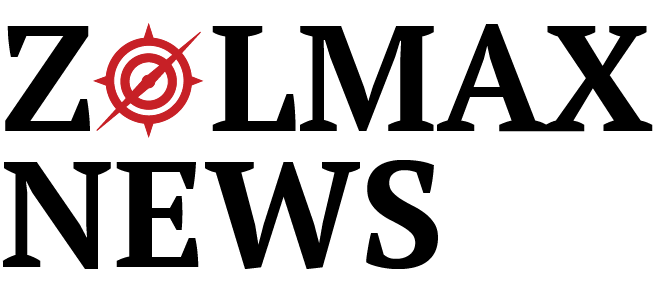 United Parcel Services announced on Tuesday that its earnings for the first quarter were up 14% boosted by all new pricing initiatives and solid growth in its domestic sector.
United Parcel Services announced on Tuesday that its earnings for the first quarter were up 14% boosted by all new pricing initiatives and solid growth in its domestic sector.
Earnings beat Wall Street expectations, although revenue was short of expectations due to lower surcharges for fuel and a stronger dollar.
David Abney the CEO said UPS is now back on track to reach its financial targets over the long-term. For the complete year, UPS has reaffirmed guidance for earnings per share from $5.05 to $5.30.
Last quarter, Wall Street was surprised by the shipping giant when it announced that preparations it made to handle the rush during the holiday shopping season cost $200 million more than had been expected. In the last quarterly period for earnings, UPS executives said holiday rates would be increased by adding on peak surcharges for customers making shipments to residential addresses.
In the most recent quarter just completed, UPS said the expansion of its pricing, which started December 29, contributed to the higher yields in both domestic as well as international segments.
UPS shares have been nearly flat the past year, but were up 0.7% on Tuesday in early morning trading.
Overall, during the first three months of 2015, UPS had earnings of $1.03 billion equal to $1.12 per share, which was up from last year’s $911 million equal to 98 cents per share.
Revenue was up 1.4% to end the quarter at $13.99 billion. Analysts expected the company to have $1.09 per share in earnings and revenue of over $14.26 billion.
Total shipments made by the company were up 2.8% to end the quarter with 1.1 billion packages.
In its domestic sector, revenue for the first quarter was up 3.8% to end the quarter at $8.8 billion as volume of daily packages was up over 2.4%. Internationals sales dropped 5% although they would have increased 2.4% if not for the strong dollar’s negative impact.
